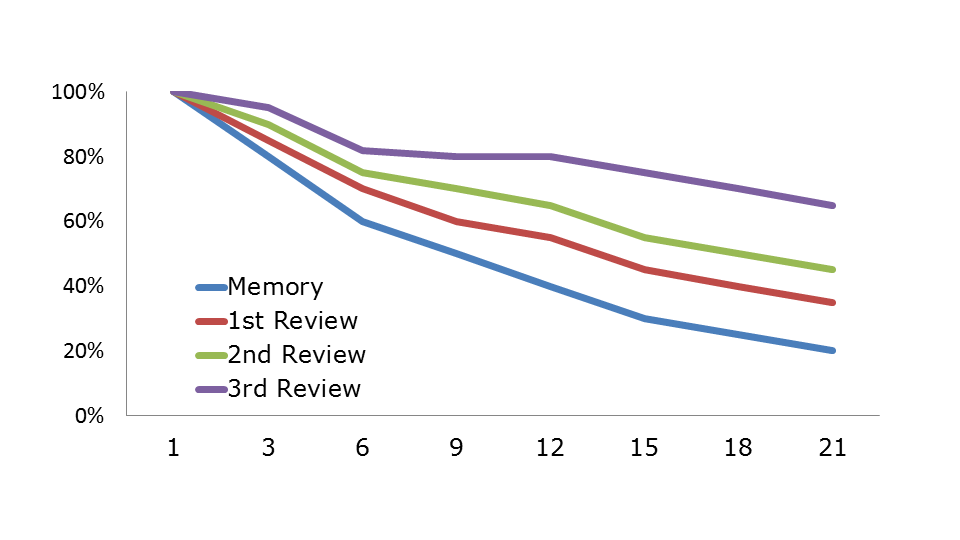As network engineers, we do a lot of research. We have to figure out how networking protocols work and how to configure network devices. There is so much to learn and in IT, things constantly change. It’s impossible to remember everything and even if you take notes, it’s difficult to organize everything so that your notes are useful. A good note-taking system can help when you study for exams or when you have to look things up for your job.
In this lesson, I’ll explain some of the issues with common note-taking practices and I’ll give you an example of useful note-taking practices for networking.
Why you should take notes
Taking notes of the things you learn is a good idea. When you learn something new today and then don’t touch it for a few weeks, you’ll forget most of what you learned. When you periodically review information, the information sinks into your long-term memory. The day you pass an exam, you’ll know everything. A few months later, you won’t remember a lot of details. This is visualized in the forgetting curve:

The numbers in the graph above are made up, but I think we all know from experience this is how our brains work. When you study for an exam, your notes will help to review the things you already learned. If you take good notes, it will also be quicker to review the information when you don’t have to read or scan the original source again.
Your notes can also be useful in the future. Today, you might create notes with configuration examples because you study for an exam. One year later, the same notes might save you two hours of research when you are trying to configure something on your new job. That’s compound interest in action on your time and knowledge.